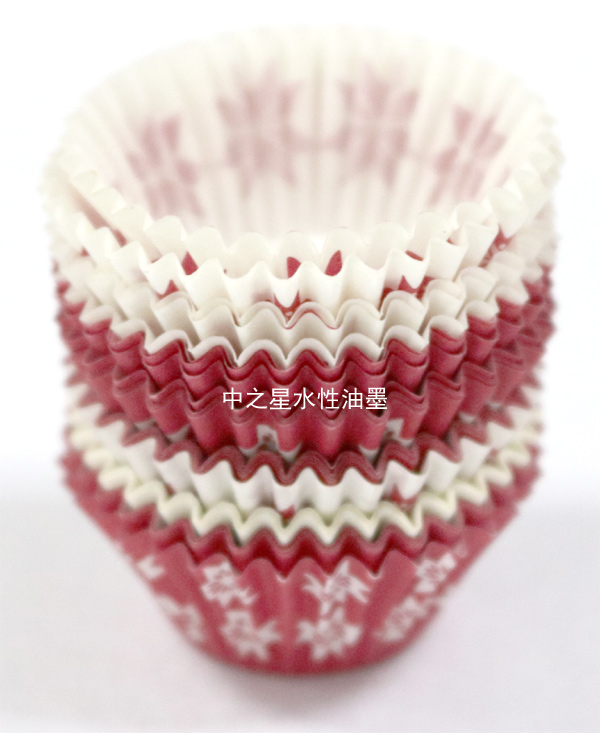Explanation of various main technical parameters of water-based ink
Date: Sep 27 2023 From: Star Color Views:
Water-based inks are a type of ink that uses water as the primary solvent or carrier fluid. They are commonly used in various applications, including printing, art, and crafts, due to their environmentally friendly nature and ease of use. Here are explanations of the main technical parameters associated with water-based inks:
1.Viscosity: Viscosity refers to the thickness or resistance to flow of the ink. It is an important parameter as it affects how the ink spreads, adheres to surfaces, and how it can be applied. In water-based inks, viscosity is controlled by adjusting the concentration of pigments, binders, and additives. Proper viscosity ensures consistent and controlled ink application.
2.Pigment/Colorant Content: Water-based inks use pigments or colorants to impart color to the ink. Pigments are solid particles that are dispersed in the ink formulation. The concentration of pigments determines the color intensity and opacity of the ink.
3.Binder: The binder is a key component that holds the pigments together and helps them adhere to the printing substrate. It forms a film as the water evaporates, binding the pigments to the surface. Common binders in water-based inks include acrylics, polyurethanes, and various emulsions.
4.Drying Time: Water-based inks dry through the evaporation of water, which leaves behind the pigment and binder on the substrate. The drying time depends on factors such as ink formulation, substrate porosity, humidity, and temperature. Faster drying times are often preferred in commercial printing to increase production efficiency.
5.Opacity and Transparency: Opacity refers to the ink's ability to cover the underlying surface, blocking its visibility. Transparency, on the other hand, allows some of the underlying surface to show through. These properties are influenced by the pigment concentration, particle size, and binder type.
6.pH Level: The pH level of water-based inks affects the stability of the ink formulation, the performance of the pigments, and the interaction with printing substrates. Maintaining a consistent pH is crucial to prevent issues like pigment settling or color shifts.
7.Rheology: Rheology relates to the flow behavior of the ink under shear stress. Controlling rheology ensures the ink flows smoothly during application and maintains uniformity. Rheological additives are often used to modify the flow characteristics of water-based inks.
8.Adhesion: Adhesion refers to the ink's ability to stick to the substrate. Water-based inks may require specific surface treatments or additives to improve adhesion on certain materials. Proper adhesion is essential for print quality and durability.
9.Lightfastness: Lightfastness measures the ink's resistance to fading when exposed to light over time. Water-based inks can have varying degrees of lightfastness based on the pigments used. High-quality water-based inks often contain pigments with good lightfastness properties.
10.Environmental Considerations: Water-based inks are generally more environmentally friendly compared to solvent-based inks, as they have lower volatile organic compound (VOC) emissions. They are also easier to clean up and dispose of. However, proper waste management and disposal practices are still important.

About the star color, get more water-based ink consultation, welcome to inquire: 13528912207
 RU
RU
 EN
EN
 CN
CN

